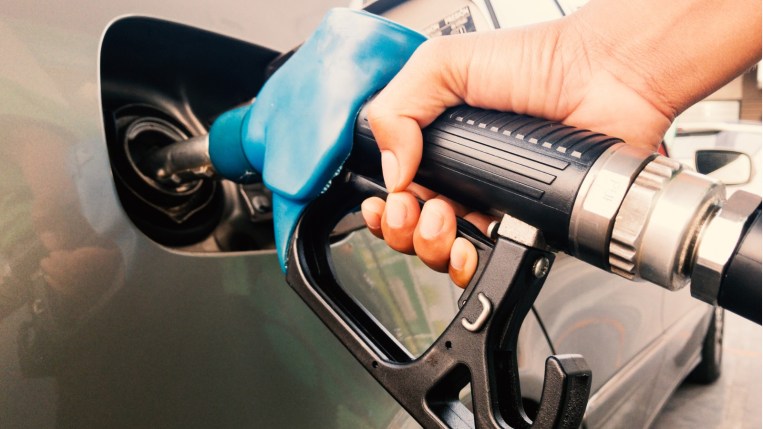A shortage of gasoline at pumps (but only at pumps) eased over the weekend. Colonial Pipeline, operator of the nation’s largest fuel pipeline, restarted operations Friday. It had shut down the pipeline due to a ransomware attack.
That left America holding more than enough gasoline for motorists’ needs. But the country was unable to transport much of it to pumps for sale. A shortage of tanker truck drivers limited the country’s ability to compensate for the closed pipeline.
How to Get More Mileage Out of Your Current Tank of Gas
A Few Areas Recovering Slowly
Monday morning, Washington, D.C., was the hardest-hit area of the country. About 73% of its fuel stations remained dry. That number had improved by 10% since Sunday, and surrounding suburbs were in better shape. In North Carolina, 57% of stations reported no gas to sell. Authorities there expect a quick rebound. The Durham and Chapel Hill-Carrboro school districts reopened after closing in response to the shortage.
“Now that Colonial has restarted pipeline operations, we will see a gradually increasing return to normal conditions that will take several days,” Governor Roy Cooper said in a news release. “There is available fuel supply in and around our state, and it will take time for tankers to move that supply to the stations that are experiencing shortages.”
The Most Fuel-Efficient Cars in Every Class
Prices Will Fluctuate Through Memorial Day
Nationwide, AAA reported an average price-per-gallon of $3.04 – the highest average seen in six years. But pockets of much higher prices remain.
AAA Spokesperson Jeanette McGee told reporters, “The Southeast will continue to experience tight supply this week as terminals and gas stations are refueled. Over the weekend, gas prices started to stabilize, but are expected to fluctuate in the lead up to Memorial Day weekend.”
Tanker Truck Drivers Still in Short Supply
Even with pipeline operations returning to normal, the last-mile transport — getting gasoline from regional storage tanks to pumps for sale – remains slower than normal. Getting enough qualified tanker truck drivers to move it as efficiently as possible remains a longer-term problem.
Ryan Streblow, interim president of the National Tank Truck Carriers, a trade association, told the Washington Post that the country has at least 10% fewer tanker truck drivers than before the COVID-19 pandemic. “You magnify that challenge when you have a disruption in the supply chain.”








